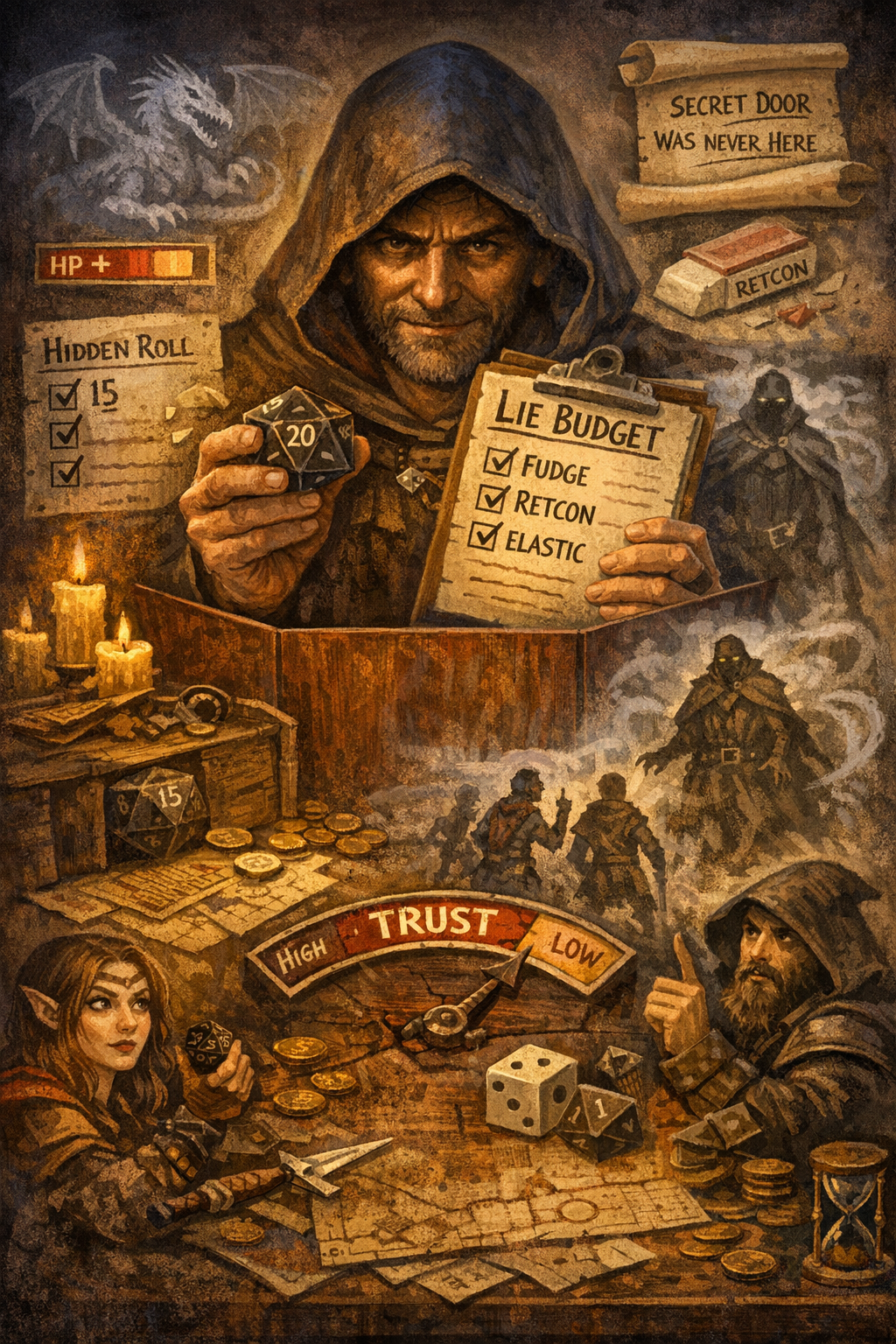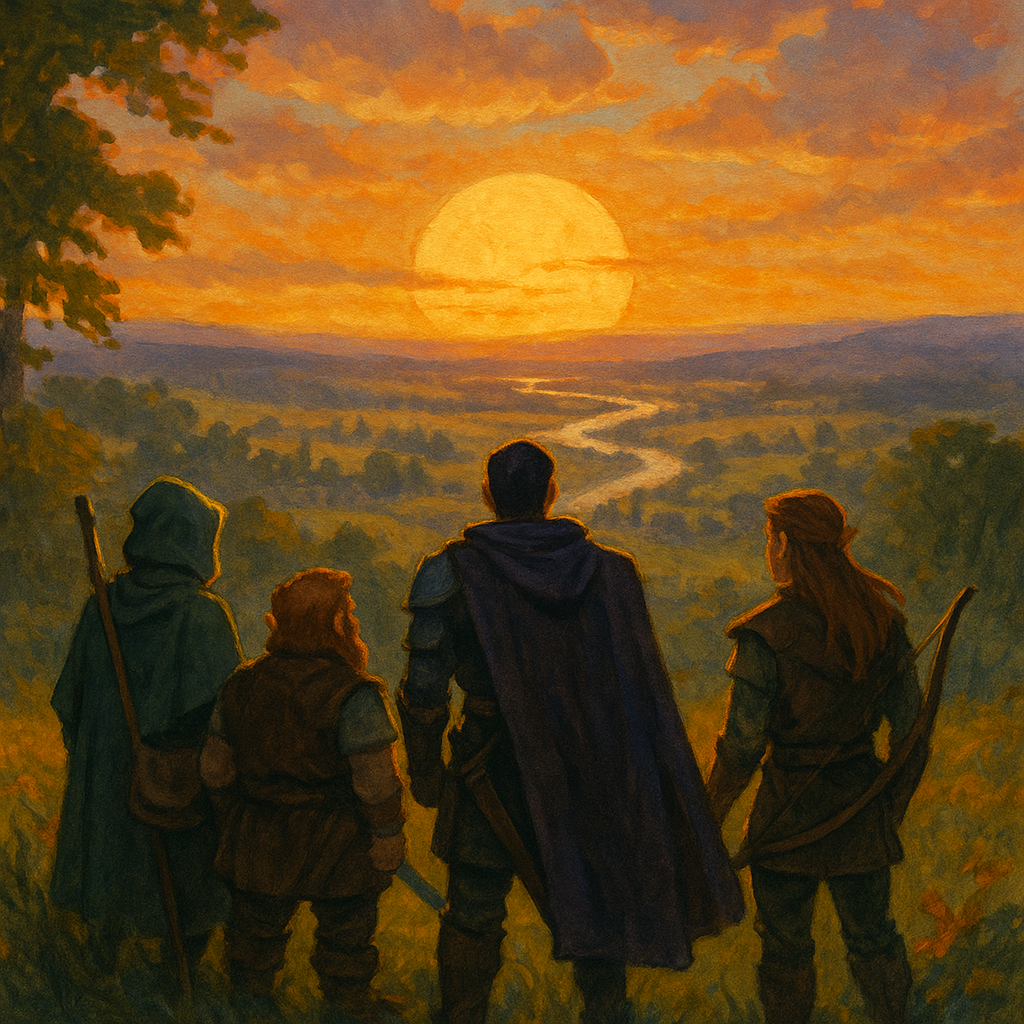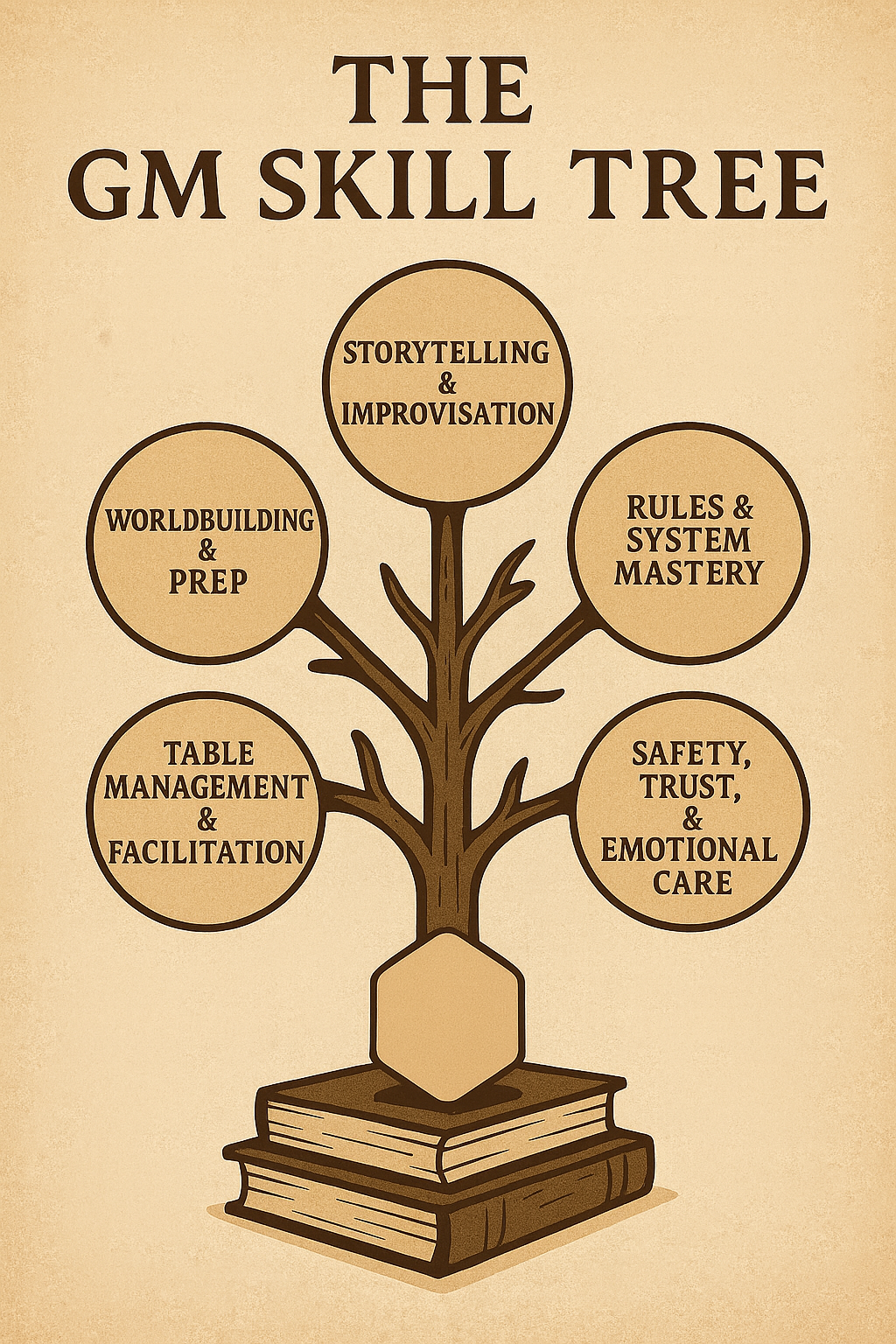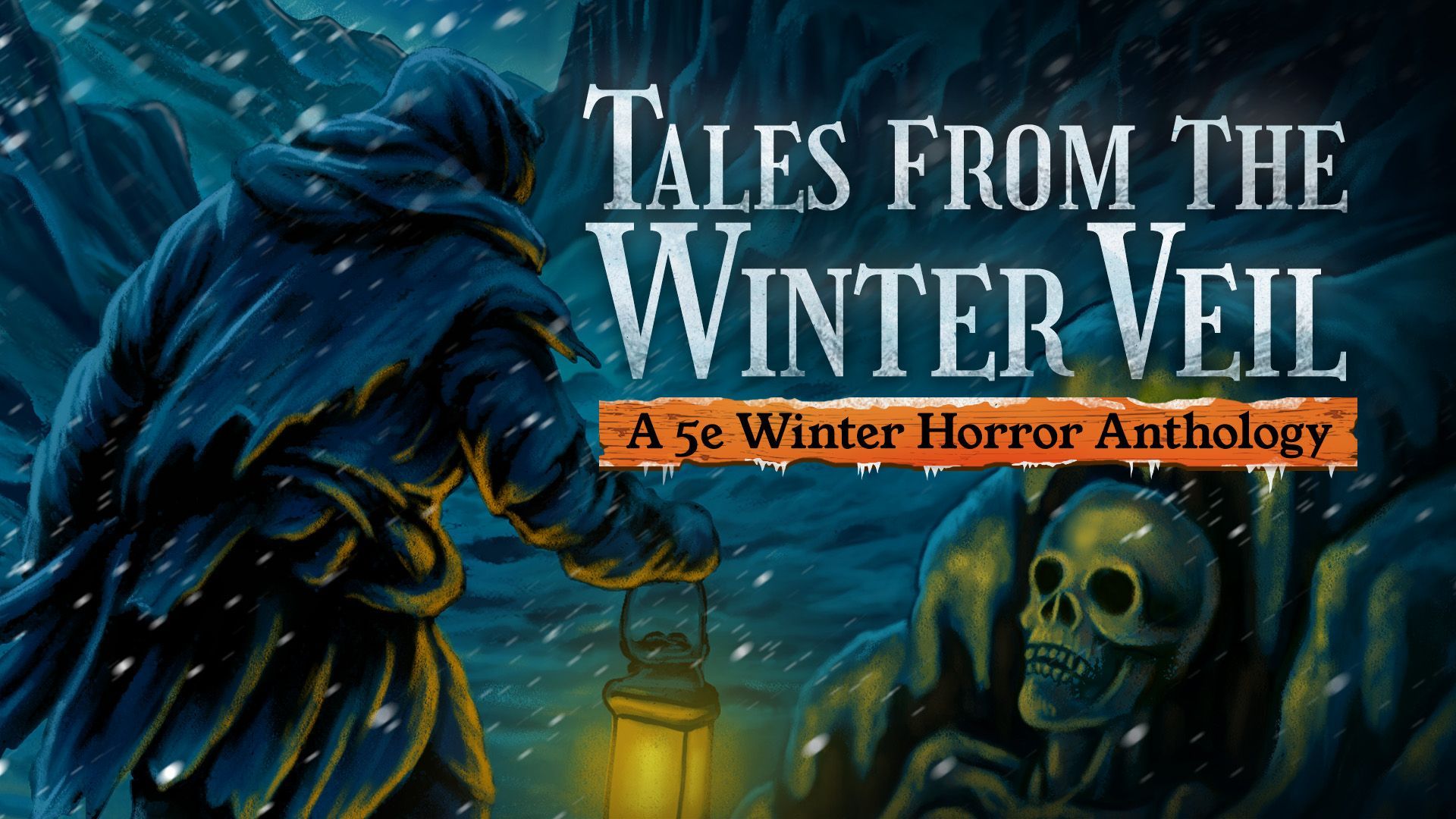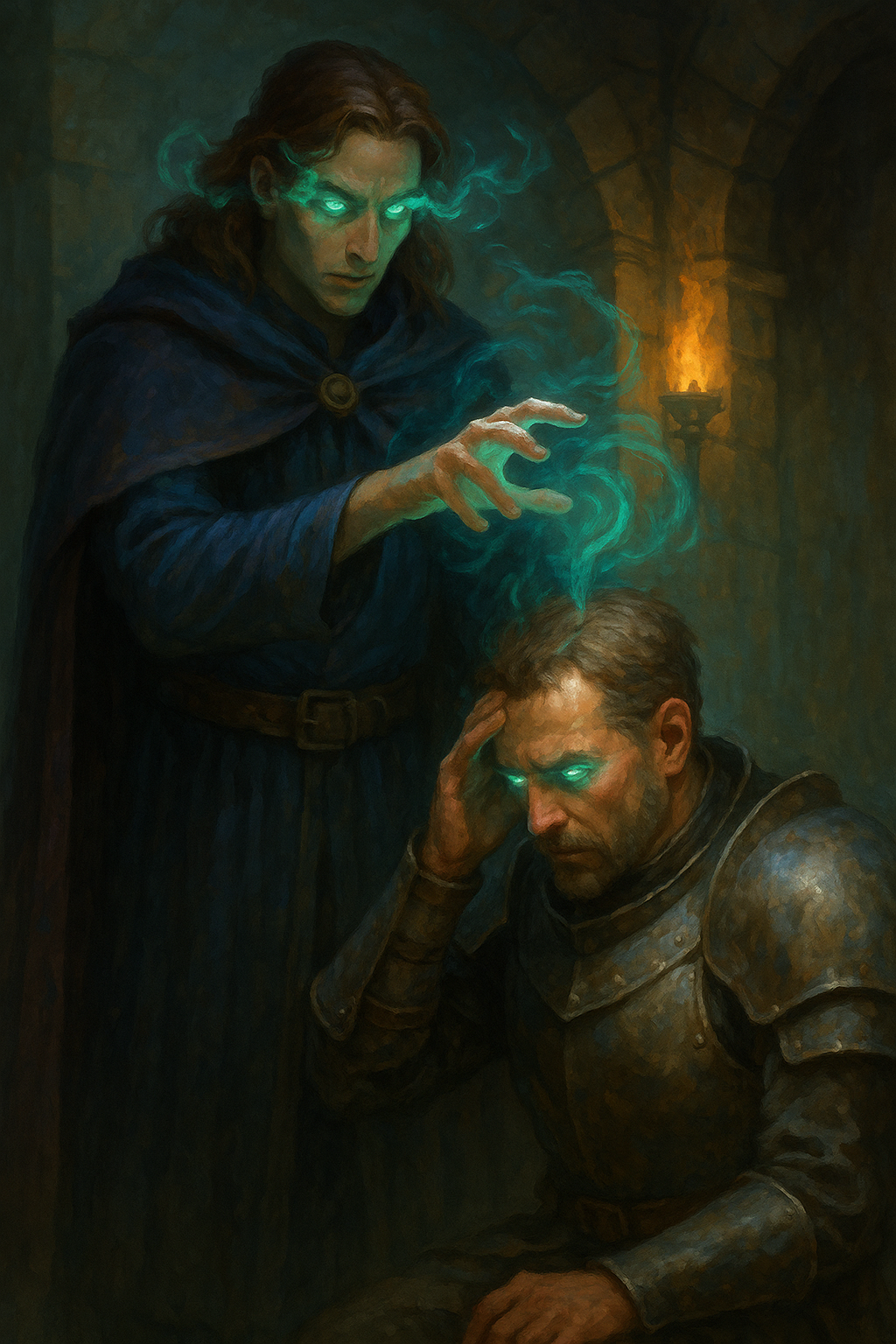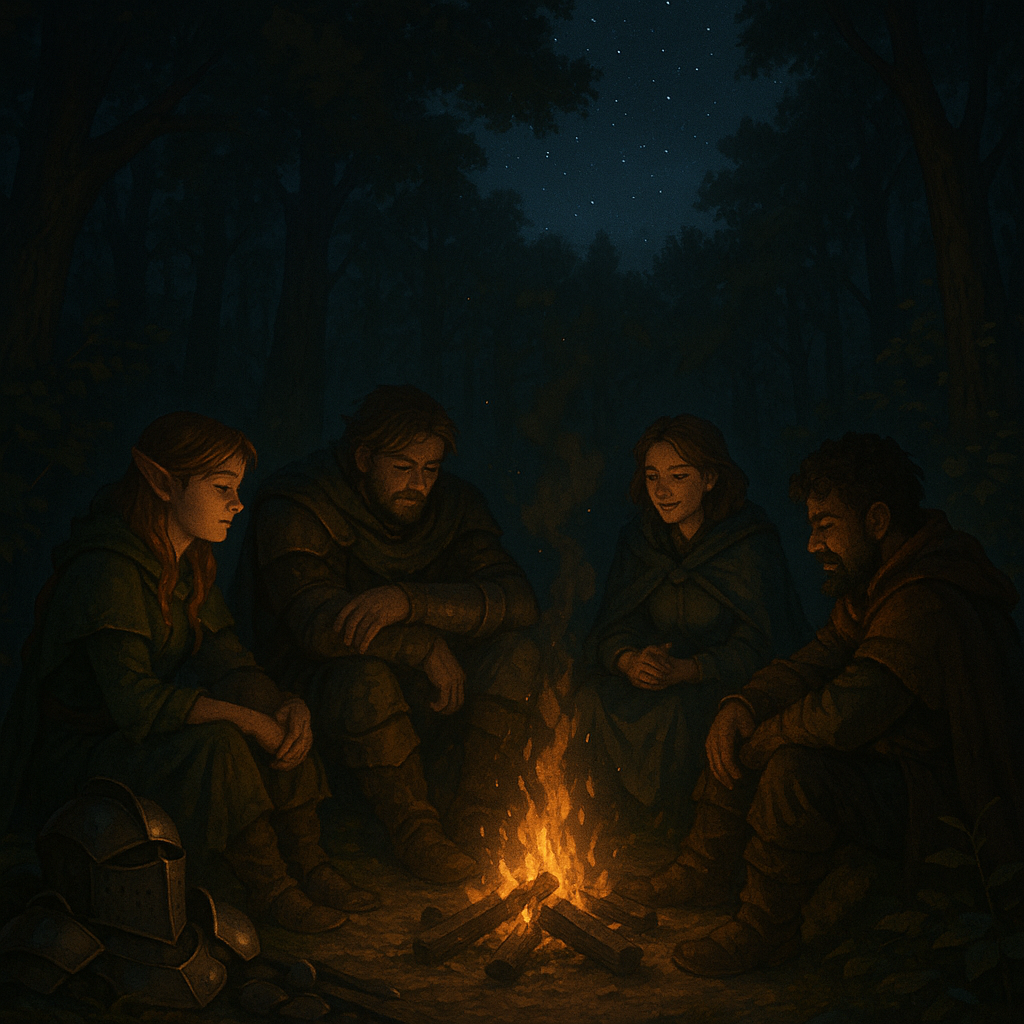When Dice Go Digital: Using AI to Enhance Tabletop Play
When it's used correctly, it's not that bad a thing...

Dear Readers,
In the flickering light of a tavern’s lantern, dice tumble across wooden tables, clatter against stone, clink into corners. That’s the heart of tabletop roleplaying games (TTRPGs): physical tokens of chance, weight, texture. They mark the turning tides of fortune, the unexpected twist in a story, the thrill of risk. But what happens when dice don’t have to be physical? What if we send those cubes into the cloud — or better yet, into the mind of an artificial intelligence that adapts, reflects, and enhances our stories?
Welcome to the age when dice go digital, and AI enhances tabletop play. In this post, we’ll chart a course through what’s happening now, where things could go, what tools are available, what trade‑offs we face, and how storytellers (Dungeon Masters, Game Masters, players) can harness AI without losing what makes TTRPGs magical.
1. What does “digital dice” mean in the TTRPG context?
When we talk about digital dice, we’re referring to any electronic or software‑based system that simulates the rolling of dice—whether it’s a simple app that rolls a d20, or something more complex that uses algorithms, randomness sources, and integrates with other systems, like character sheets or Visual effects.
- Basic digital dice apps or websites: Roll dice on your phone or computer. They show results, may animate a roll, sometimes track history.
- Virtual tabletops (VTTs): Tools like Roll20, Foundry VTT, Fantasy Grounds, Astral, etc., where the dice roll is embedded in a larger system including maps, tokens, lighting, etc.
- Integrated digital‑physical hybrid systems: These might include smart dice, dice that report electronically into software, or AR setups where physical dice interact with virtual overlays.
- AI‑augmented dice constructs: Going beyond mere randomness, these systems use AI to interpret rolls, suggest narrative consequences, or adjust probabilities on the fly depending on story, character, or environment.
In this post we’re especially interested in that last category: when AI doesn’t just simulate a roll, but uses rolls as input to deeper systems that can turn random numbers into richer storytelling or mechanical support.
2. The role of AI in tabletop: augmentation, not replacement
It helps to draw a distinction early on: AI should augment tabletop play, not replace it. The core of TTRPGs—improvisation, shared storytelling, player agency—is human. Dice provide the mechanical tension; moods, decisions, voices, improvisation bring the drama. AI can enhance, smooth, enrich—but it shouldn’t take over the narrative or strip away the human unpredictability and creativity.
AI’s roles might include:
- Narrative augmentation: Suggesting descriptions, pulling from the result of a roll to supply atmospheric detail.
- Rule assistance: Tracking modifiers, suggesting what rules apply, automating the bookkeeping.
- Dynamic content generation: Generating side plots, NPCs, loot tables, ambient events conditioned on rolls or player history.
- Personalization: Learning player preferences and biases, adjusting difficulties or content for optimal fun.
- Immersive experience: Enhancing audio‑visual effects, lighting cues, music tied to suspense or success/failure.
The goal is to preserve the agency and creativity that players bring, while using AI to reduce friction, spark inspiration, and deepen immersion.
3. Existing tools: digital dice, virtual tabletops, and AI‑powered assistants
Let’s look at what tools already exist (as of 2025) that merge digital dice with AI, or come close, and examine what they offer.
Digital Dice and VTTs
- Roll20 / Foundry VTT / Fantasy Grounds – These let users roll dice, see outcomes, apply modifiers, frequently have built‑in macros or APIs that integrate dice outcomes with other systems (HP, status effects, etc.).
- Smart dice / connected dice – Ranging from Bluetooth‑connected physical dice to AR/VR dice systems, they feed roll outcomes into digital logs. These bridge the tactile feel of dice with the accuracy and integration of digital systems.
- Dice‑rolling apps – Fast, simple, low overhead, great for casual play or for players who don’t have physical dice on hand. Some have random number sources audited for fairness.
AI‑powered tools & assistants
- AI for narrative generation: Tools like ChatGPT, various story‑generation platforms that can take in prompts (including “You rolled a 1 on a stealth check in a thunderstorm”) and return descriptive, evocative consequences.
- Rule‑advice bots: Assistants that help adjudicate rules: “If you rolled X with Y modifier, then Z effect happens” or help you look up relevant rule texts.
- Dynamic content generators: For NPCs, loot, environmental descriptions, traps, random encounters. Some tools let you set parameters (level, theme, setting) and then generate accordingly.
- Adaptive difficulty systems: Not broadly in mainstream tabletop yet, but experimental tools are exploring how AI might monitor player performance and shift enemies, encounters, or ambient difficulty to maintain tension.
Hybrid examples
- Tools that combine voice recognition + AI to let the DM narrate and the system suggest adjustments based on dice rolls.
- Augmented reality apps that overlay visuals tied to dice outcomes: roll a fireball, see virtual flames; roll a critical miss, see comedic visual effect.
4. Benefits of using AI in tabletop play
Why bother integrating AI and digital dice? What do players and DMs stand to gain? Here are some of the key advantages:
a. Reduced friction and faster adjudication
- Quick rule resolution: Rather than sifting through a rulebook, AI can suggest what rule applies to a roll. Saves time, especially for new DMs or complex systems.
- Automated modifiers: The AI can automatically apply all relevant modifiers (character features, environmental conditions, status effects, etc.) and show net roll outcome.
- Logging and tracking: Digital dice systems can auto‑log rolls, successes/failures, criticals. Great for audits or simply remembering what happened—a boon for campaigns that stretch over months.
b. Richer narrative texture
- Dramatic descriptions: Instead of “You hit the goblin,” AI can use the roll result plus context to generate evocative descriptions: “You lunge, blade arcing in the flicker of torchlight; your strikes effectiveness rips into its leather‑grimed flank.” Makes hits, misses, criticals feel more alive.
- Dynamic consequences: Rolling low on a perception check in a haunted house might trigger an unexpected event, suggested by AI: a ghost’s whisper, a floorboard creaking, a flicker in the shadows. The roll becomes a branching narrative input.
- Immersion via multimedia: AI can trigger ambient music, sound effects, visual cues tied to rolls—success, failure, dramatic turn, etc.
c. Personalization & adaptability
- Tailoring to player style: If players love horror, suspense, roleplay, AI can bias generated content (encounters, descriptions) toward those themes.
- Balancing challenge: AI tools can monitor how players are doing and adjust scaling, so that the game remains challenging but not punishing.
- Accessibility: For players with mobility or dexterity challenges, digital rolls and AI assistance can reduce physical demands; tools can read out or describe rolls, etc.
d. Boosting creativity & spontaneity
- Inspiration on demand: When you’re blank, AI can offer ideas—“You rolled this; what’s a side effect? What strange thing happens?”
- Twists & surprises: AI‑driven random event generators reacting to dice rolls can introduce fascinating curve‑balls.
- Supporting DMs: Running a campaign is creative work and taxing; AI can take some load off so DMs can focus more on storytelling, world building, interacting with players instead of bookkeeping.
5. Potential pitfalls and ethical concerns
Even as we embrace what digital dice + AI can do, it’s important to remain aware of risks and trade‑offs. Without caution, the technology could erode key aspects of tabletop play or introduce new problems.
a. Loss of spontaneity or human error
- Over‑automation: If too much is automated, the joyful randomness of human DM‑error, creative improvisation, or even flawed rulings may vanish. Sometimes, wrong calls or weird interpretations become memorable moments.
- Mechanical feels: If AI focuses too much on balance or efficiency, stories may smooth out in predictable ways; edge‑cases, quirks, meaningful mistakes may be suppressed.
b. Reduced player agency
- AI “deciding too much”: If the system pre‑nudges outcomes or events, or biases narrative too heavily, players might feel less ownership over their characters and choices.
- Transparent processes: If players don’t understand what the AI is doing (what modifiers, what biases, what decision trees), they might distrust or disengage.
c. Random number fidelity, fairness
- Bias in RNGs: Digital dice systems depend on sources of randomness. If the RNG is flawed or manipulated (even unintentionally), it could skew outcomes. Ensuring fairness is essential.
- Cheating risks: In online play, someone could try to exploit or hack dice systems or AI to get favorable outcomes.
d. Loss of tactile, social, communal elements
- Physicality of dice: For many players, the feel of dice, the action of throwing them, picking them up, the sound—all contributes to immersion and joy. Digital dice eliminates much of that.
- Presence & atmosphere: Sometimes the serendipity of physical misthrows, dice bouncing off tables, players leaning in, seeing each other’s rolls—those things foster a sense of being together in the same place.
e. Ethical, creative and copyright concerns
- AI‐generated content: If descriptions, art, NPCs, lore are generated by AI, who owns them? Are they derivative? Ethical concerns over training data, attribution.
- Privacy: If AI tools are cloud based, what data is collected? Player character sheets, roll logs, personal info? How is it stored, used?
- Inclusivity: AI may inadvertently encode biases — in storytelling tropes, character archetypes, assumptions about character or setting.
6. Best practices for integrating AI and digital systems into your games
Bringing dice + AI into your tabletop play isn’t all success out of the box. These practices can help ensure things go smoothly and retain what makes TTRPGs special.
a. Start small & iterate
Don’t try to automate everything in your first game. Pick one or two enhancements: a dice‑roll narration assistant, or an AI that suggests ambient mood or sound. Test with your group, get feedback. Build from there.
b. Keep transparency
Let players in on how the system works. What modifiers are applied, what randomness source, what decision‑tree logic if available. When AI suggests something, make clear it's a suggestion. Make it possible to override.
c. Preserve human judgment
Even with AI, the DM should have final say. Use AI as aid, not oracle. Some narrative moments benefit from human interpretation, improvisation. The peculiar wrinkles of human error or quirk can become memorable.
d. Ensure fairness in randomness
- Use RNGs with good entropy.
- Avoid black‑box “roll modifiers” that players don’t see.
- If possible, use systems with provably fair randomness (e.g. seedable RNG, or open‑source RNG libraries).
e. Don’t abandon the physical
For groups that meet in person, consider hybrid setups: physical dice, but with digital logging; physical props, but AI ambient sound; or use digital dice when remote but physical when together. Preserving the tactile dimension where possible.
f. Respect creative ownership
- Be clear about who owns AI‑generated content.
- If you use AI for lore, art, etc., consider how it's attributed.
- Be mindful of biases in AI‑generated narrative content; solicit player feedback and adjust.
g. Accessibility
Make sure tools are usable by all players: text‑to‑speech, speech recognition, font sizes, color adjustments, etc. Use AI to support different needs.
7. Case study ideas: experiments in play
To make this concrete, here are some experiment ideas or hypothetical setups you might try in your next campaign—or even short one‑off session—to test the waters of dice + AI.
Case Study A: The “Narrative Dice Assistant”
Setup: During roll resolution, when a player rolls, the system captures the roll, the skill checked, any modifiers, environmental factors. An AI module automatically generates a short descriptive outcome: if the roll succeeds, it describes how; if the roll fails, adds complications.
What to monitor:
- Do the narrations spark more roleplay or player engagement?
- Do DMs feel liberated (less verbal improvising) or constrained (AI suggestions feel formulaic)?
- Is the time saved by not thinking up descriptions offset by the time to interact with or correct AI?
Case Study B: Adaptive Encounter Scaling
Setup: The party is playing, the AI is tracking success/failure rates over recent fights. If they’re steamrolling basic encounters (high success, low damage), AI suggests or injects tougher enemies, tricky terrain, environmental hazards. If the party is suffering, AI scales things down.
What to watch:
- How do players perceive difficulty? Does adaptive scaling prevent frustration or reduce reward feel?
- Is the adjustment smooth or jarring (e.g. enemies suddenly feel unfair)?
- Does DM feel like they maintain control?
Case Study C: Hybrid Physical‑Digital Dice with Visual/Auditory Feedback
Setup: Players use physical dice; a camera or sensor captures the roll (or they manually input), then an AI module triggers multimedia feedback: a sound effect, lighting, perhaps even a short video or virtual effect (a burst of flames for critical hit, shadows creeping for critical fail).
What to watch:
- Does this enhance suspension of disbelief and immersion?
- Are there delays or tech hiccups that break flow?
- Do players find it fun or gimmicky?
8. Looking ahead: where dice + AI might take us next
The horizon is wide, and the junction of digital dice and AI is evolving fast. Here are some possible future developments to keep an eye on—or build toward.
a. Procedural, AI‑driven world states
Imagine a campaign world that is kept alive even when you’re not playing: NPCs carry on living, rumors spread, markets fluctuate, factions scheme. Dice outcomes in your session feed back into that procedural world in meaningful ways. AI monitors and updates world status, history, ties your next sessions to long‑term emergent history.
b. AI as co‑DM or DM’s partner
AI that doesn’t replace the DM, but acts as a supporting DM: suggesting side missions, NPC voices, dynamic plot twists based on dice and player behavior, tracking continuity, reminding of past player choices, foreshadowing. Could reduce prep time and enhance consistency.
c. AR/VR integration
Dice may be physical or virtual, but AI + VR/AR could bring dice rolls to life in 3D environments. Throwing dice in virtual taverns, seeing magical energies swirl around. Your surroundings respond to roll outcomes. Full immersion.
d. Smarter reward systems and procedural loot
Loot tables, treasure generators that adapt to players: preferences, character backgrounds, past loot, narrative meaning. A “sentient item” that responds to player actions or dice rolls over time; AI tracking how often items are used, seen, damaging consequences, etc.
e. AI learning from campaigns
AI could learn from your past campaigns: what worked, what flopped, where players smiled, where they were bored. Then suggest content tailored for that group. Personalized adventures, consistent NPCs, stories aligned with players’ tastes.
f. Ethical & community frameworks
As technology grows, so do community norms and perhaps even regulation: tools or standards for fair AI RNGs; open‑source modules for descriptive content; shared libraries of AI‑generated stories; ownership norms; transparency requirements.
9. Conclusion: preserving the roll, embracing the possibilities
Dice themselves are simple: a small cube, some numbers, gravity, chance. But what they represent is more: the uncertainty, the possibility, the moment where anything can happen. That crackle of potential, the doubt followed by triumphant success, the shame of failure—those are the moments that make TTRPGs unforgettable.
When we take dice digital and add AI, we gain a lot. We gain smoother pacing, greater immersion, endless narrative possibilities, deeper adaptive play. But we risk losing subtle textures: the sound of dice scattering, the slow counts, the human mis‑hearing of a “six” as a “four” that becomes part of the fun; the spontaneous or accidental weirdness.
The sweet spot, then, is balance. Use digital dice and AI tools where they free you from mundane tasks, where they enrich the story, where they serve the group. Hold onto physical rolls, human voices, shared laughter. Let chance remain wild. Let agency stay with the players. And let AI be a privileged assistant, not a dictator.
If your next session includes AI‑assisted narration, rolling in VR, or side quests automatically generated based on dice, I'd encourage you to reflect afterward: What felt more alive? What felt over‑designed? What parts of “magic” were lost, what parts were found?
Because in the end, whether your hit or miss is decided by bones, metal, code, randomness generator, or narrated by AI—what matters is the story you tell together. And that’s something no algorithm can fully own.
Until next time, Dear Readers...
















